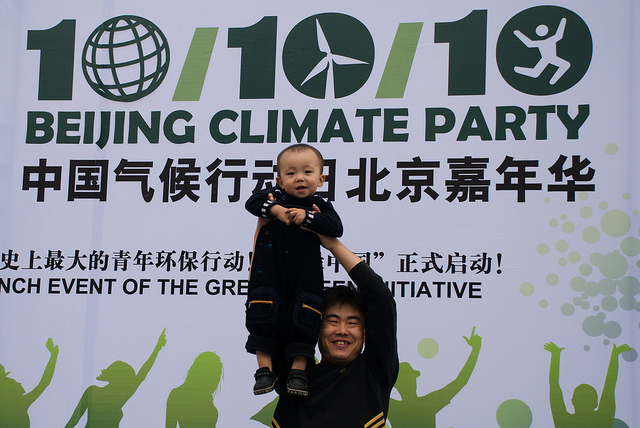Case studies like those found on the Environmental Consequences page are published to inform the general public about issues in Shenzhen. Environmentalists and activists use these case studies to encourage the Chinese government to enforce laws and regulations that would decrease pollution. The support of the general public is needed to make changes, however environmentalists, activists and non-governmental organizations* are needed because:
- NGOs bring people who share similar interests for improving the environment together to effectively deal with issues
- even though the Chinese government has put legislation into place to control pollution, authorities at the local level do not always follow through with enforcing the law (Hsu 2016)
- Environmental NGOs have strong networks both domestically and internationally
- Strong networks support efforts to convince the government to pass laws and regulations
- they have the means to provide effective examples for the public (Li et al., 2012)
- they have financial resources to voice their concerns (Li et al., 2012)

A moment of the celebration at the launch of the “Greet Green Initiative,” a plan to promote environmental conservation by educating the youth, 2010.
- What does activism look like in Shenzhen?
- By the early 2000s, seven NGOs had been established (Wu, 2013)
- NGOs established in Shenzhen include:
- FoN Shenzhen Members’ Group, 2003
- Green River Shenzhen Members’ Group, 2005
- Shenzhen’ Blue Ocean Conservation, Association, 2002
- Shenzhen Bird-Watching Society, 2004
Note: Although the NGOs established in Shenzhen listed above do not specialize in advocating for air pollution prevention, other cities do have NGOs that specialize in this issue. Research is actively being performed in hopes of raising awareness about poor air quality in Shenzhen. The goal of the research is to attract the public and government attention so stricter laws and regulations will be passed and upheld (Zhang et al., 2016; Zhou et al., 2014; Xie et al., 2011; Dai et al. 2015).
Citations:
Li, W., Liu, J., & Li, D. (2012). Getting their voices heard: Three cases of public participation in environmental protection in China. Journal of Environmental Management. 98(65-72). Retrieved December 4, 2016 http://ac.els-cdn.com/S0301479711004725/1-s2.0-S0301479711004725-main.pdf?_tid=099b6ee2-bca1-11e6-8401-00000aab0f02&acdnat=1481131231_2b1423adfe02de40aa78f3855bee1681
Meng, C. (1998). Shenzhen’s New Efforts in the Prevention of Air Pollution. Asia Pacific Law Review. 6(1) 117-122.
Wu, F. (2013). Environmental Activism in Provincial China. Journal of Environmental Policy & Planning. 15(1) 89-108 Retrieved December 6, 2016 https://www.researchgate.net/profile/Fengshi_Wu/publication/262865800_Environmental_Activism_in_Provincial_China/links/5805bf3a08aef87fbf3bc36a.pdf
350 .org. (Photographer). (2010). Beijing, China [digital image]. Retrieved December 6, 2016 https://www.flickr.com/photos/350org/5067595354/
